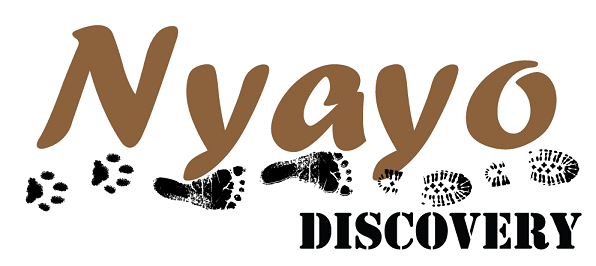Acacia Forest Management
Maasai communities across East Africa depend on acacia forests for their subsistence. As well as medicinal uses, acacia trees are used in traditional construction and livestock fodder. They also help with soil erosion, wildlife diversity and form an important part of the diet of wild animals including giraffe. Maasai have a long history of managing and preserving their forests.
Unfortunately, with modern economic pressures, when money is tight, trees are also one of the first things to go, being harvested for charcoal production, usually by women.
Longido is heavily affected by unsustainable charcoal production so acacia forest management was one of the first projects Nyayo supported. Thanks to funds generated by our culturally immersive programs, using traditional techniques, and carefully selected acacia species (i.e non-evasive species), the project was able to replace and increase the forest stock size by over 3,000 trees.
When the Covid pandemic hit, however, the tourism industry was decimated, with student and youth travel being especially impacted. During this time, the community returned, in desperation, to charcoal production which hugely impacted the project.
We’ve always known that tourism, despite it’s resilience, can be a volatile market to depend on. For this reason, using funds generated from tourism to fund non-tourism related projects has been a central part of our philosophy. But projects need to be able to stand on their own two feet even when funds from tourism dry up.
Deforestation is the leading environmental challenge and the leading cause of carbon emissions in Tanzania. As an organisation that has committed to being socially and environmentally responsible, we can’t afford to give up. So we are looking into new and innovative ways to support the community protect their forests.
Find out more about how you can get involved.
